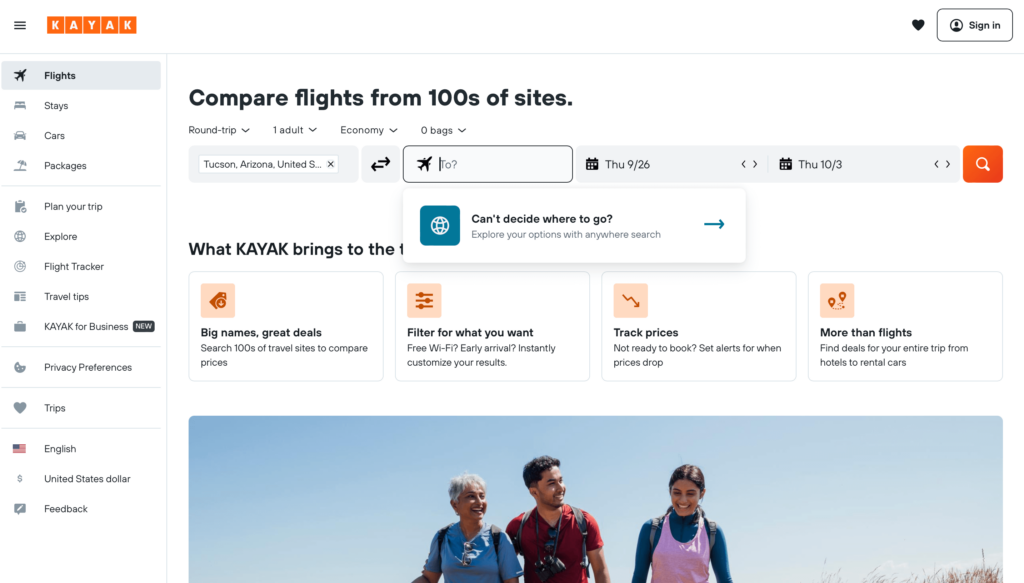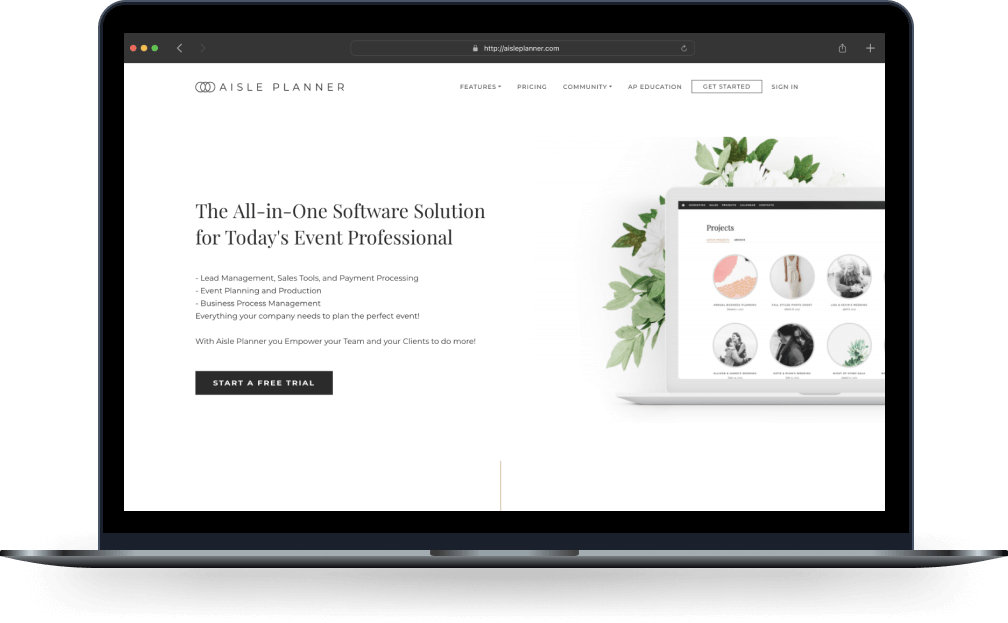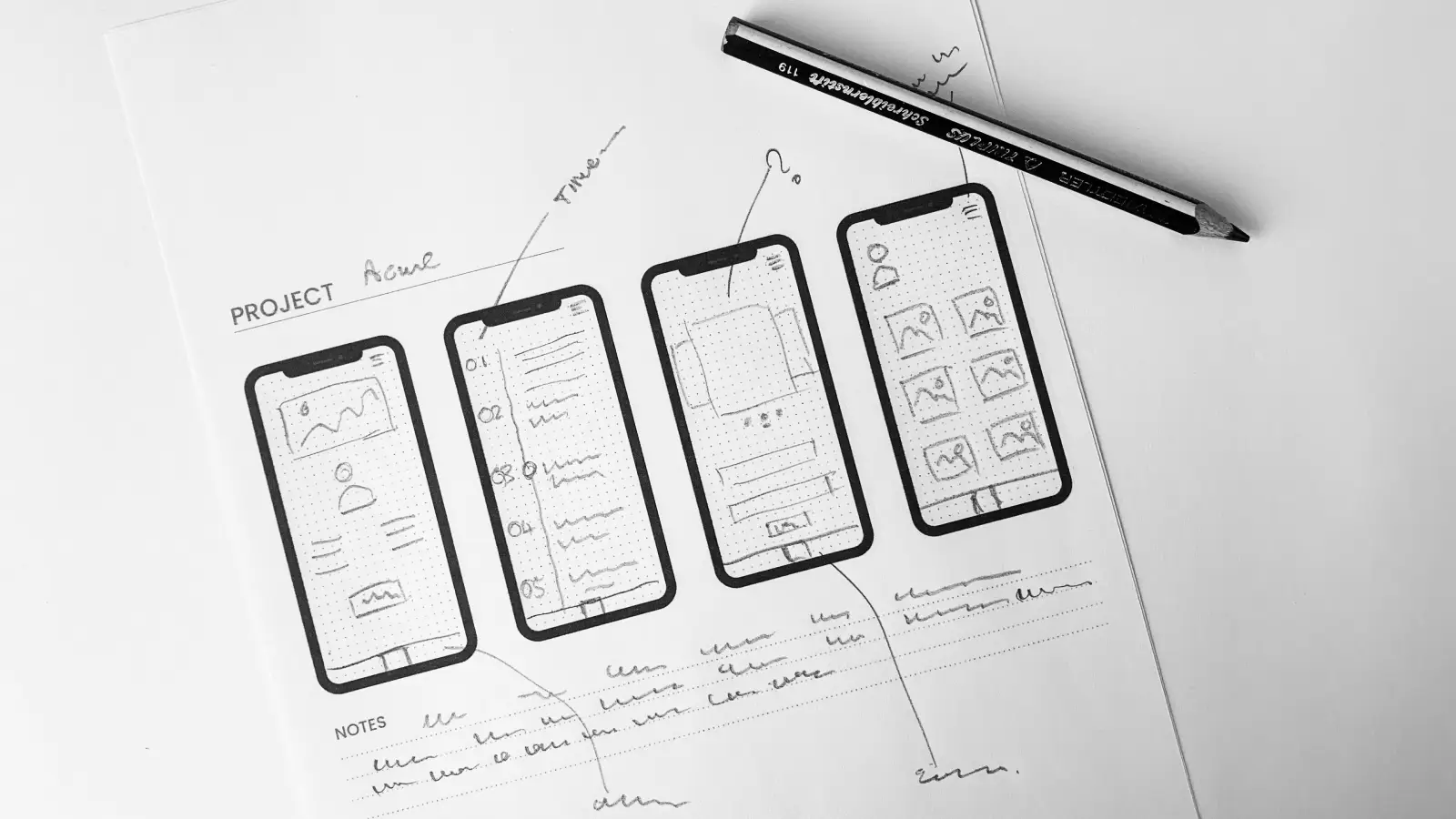Customer journeys optimized
What does a perfect customer journey map look like? It resembles a video game. Gameplays change, there are monsters to kill and fellows to team up with, but users must feel they are progressing toward the goal. Like in the game, every accomplishment takes you to the next level and gets you closer to the prize – a well-deserved value.
Conversion is defined as a desired action that a user performs that leads to revenue increase, namely: purchasing a product, adding a product to the cart, signing up for a service, filling out a form, or clicking on a link. Those crucial actions are distinguished from other events in Analytics and prioritized in the Paid Ads traffic acquisition strategy.
In this text, we want to launch a discussion by going over main conversion killers and then share ideas about CRO best practices, website usability heuristics, and our experience of employing all of the above to serve our customers.
Killing conversion killers
Before we build a CRO rocket fueled by best practices, let’s start by pointing out conversion killers to remove in the first place:
- A vague Call to Action (CTA):
if your audience doesn’t know what you expect them to do – there is no chance of mutual understanding. The solution is to implement strategically placed CTAs across your webpage: from the hero section and through the footer to the features, services, and testimonials sections. Consistent CTAs across all pages keep customers aware of where they are being taken.
Most crucial conversions are to be prioritized in the UX design:: for instance, booking a call with Calendly moves the needle more than filling out a form. Both exemplify higher intent than downloading a whitepaper. That must be reflected in the UX design and UX writing. - Poor mobile optimization:
Even for SaaS products designed for desktop use, mobile optimization is crucial, if you want to be shortlisted amongst the products clients wish to try out, not just explore. - Unfocused Copy:
Marketing content often swings between two extremes: either too generic and purely business-oriented or, conversely, overly complicated with technical terms. This lack of focus on the target audience’s actual needs wants and fears keeps ideal customer personas away from your website.
Obvious best practices like addressing readers directly and highlighting how your value proposition solves each challenge or problem are just nice add-ons to common sense, with the main principle remaining unchanged: be customer-centric and convey exactly what your customers want to know about your services, in a manner that resonates with them.
Boosting Usability Heuristics
The conversion killers we outlined are valid for both E-Commerce and Software-as-a-Service platforms. Addressing them is just the first step. The next is diving deep into what works best, getting to the heart of user experience (UX) and conversion rate optimization (CRO) through research, and making sure the customer interaction with the product is being constantly polished.
There has never been a single list of CRO best practices. The bottom line is to adapt to the trends in a constantly evolving industry. A solid methodological base to trust must be usability heuristics briefly outlined in 10 Jakob Nielsen’s general principles. Let’s take a look at a couple of examples of how Usability Heuristics principles can be applied to the benefit of the end user.
- Recognition Rather than Recall
Taking inspiration from Steve Krug’s bestseller “Don’t Make Me Think,” minimize the mental effort and memory demands your website places on users. Visitors appreciate interfaces that are ultimately intuitive.
As an example, the Bumble dating app reinforces visually self-explanatory interfaces with well-crafted UX writing reflected in prompts. - Help and Documentation
Help and documentation should be easily searchable, presented within relevant contexts, and packed with clear instructions — just like airport kiosks that swiftly guide travelers to solutions.
A golden standard is how travel websites offer their users contextual help while searching for tickets. For instance, kayak.com enhanced the “To” field with a popup suggestion telling users they can choose to search for flights to anywhere.

Photo credit: kayak.com
Aisle Planner Success Case
One of Lerpa’s favorite customers was Aisle Planner, a tool for event management and a marketplace connecting couples with wedding service providers. The blog section of the platform, which we developed using Drupal and continuously supported, gave marriage couples precious insights and got events planned and set up. Lerpal team upgraded the content management system empowering florists, decorators, catering companies, and many other specialists and businesses to showcase their achievements in profiles and portfolios and share ideas. All information about complex and crucial organizational processes is stored in one place and presented engagingly.

In conclusion, a project management principle “Stop adding features, start removing problems” applied for conversion rate optimization would be paraphrased as “Before adopting best practices, make sure you have mitigated all conversion killers”. Need an expert’s hand in boosting your conversions? Visit Lerpal.com, hit “Get in touch” and let’s treat your users with an exceptional digital experience!
FAQ
Conversion rate optimization (CRO) involves enhancing the percentage of website visitors who complete a desired action, such as making a purchase, adding items to their cart, or submitting a form. These actions, known as conversions, are crucial for business success. Effective CRO strategies prioritize improving the customer experience to boost these conversion rates.
In marketing, a conversion occurs when visitors, subscribers, or customers take a specific action in response to a call to action. These actions, often referred to as conversions, can include a wide range of activities that bring people closer to becoming customers.
Common examples of marketing conversions include:
- Subscribing to an email newsletter
- Downloading a free ebook
- Signing up for a webinar
- Making a purchase through a tripwire offer, such as an inexpensive product
Even smaller actions, like following your brand on social media, are considered micro-conversions. These actions play a crucial role in the conversion funnel and align with your broader conversion goals.
It’s important to note that not all conversions lead directly to sales. However, they help establish and build relationships with your audience, paving the way for future sales.
To calculate your conversion rate, you’ll need two key numbers: the total number of visitors (or subscribers, in the case of email marketing) and the number of those who take a desired action, or convert. Your conversion rate is expressed as a percentage.
For example, if your website has 10,000 visitors and 500 of them convert, your conversion rate would be calculated as follows:
Conversion Rate=(Number of ConversionsNumber of Visitors)×100Conversion Rate=(Number of VisitorsNumber of Conversions)×100
So, in this case, it would be:
Conversion Rate=(50010,000)×100=5%Conversion Rate=(10,000500)×100=5%
This means your conversion rate is 5%.
A CRO hypothesis is basically an idea about what’s not converting and how to fix it. This is where the data you’ve collected via analytics or customer feedback comes in. Once you have that data, you’ll formulate your hypothesis something like this:
We think that changing [item on page] for [audience] will [achieve desired outcome].
For example, you could say:
We think that changing the text on the call to action button for web visitors will result in 100 new subscribers to our newsletter each month.
Measuring success
A detailed hypothesis also includes how you’ll measure success. That means looking at the data collected before and after the change, as well as customer feedback, to see whether the situation has improved.
For our example above, you could look back at average email subscriber numbers in the past and see how that has changed after running your conversion tests.
With so many tools available for conversion optimization and testing, selecting the right ones can be overwhelming. To help you get started, here’s a shortlist of essential tools:
- Crazy Egg: Offers heatmap and click-tracking analytics to see where users engage most on your site.
- Google Analytics: Provides comprehensive web traffic analytics to understand visitor behavior.
- Google Optimize: Enables A/B testing of web pages to find the most effective design and content.
- Hotjar: Visualizes visitor actions on your site through heatmaps and session recordings.
- Optimizely: A complete platform for running conversion experiments across your website.
- VWO: An all-in-one platform for conversion optimization, offering testing, targeting, and personalization tools.
These tools can help you gain insights into user behavior and optimize your site for higher conversions.







